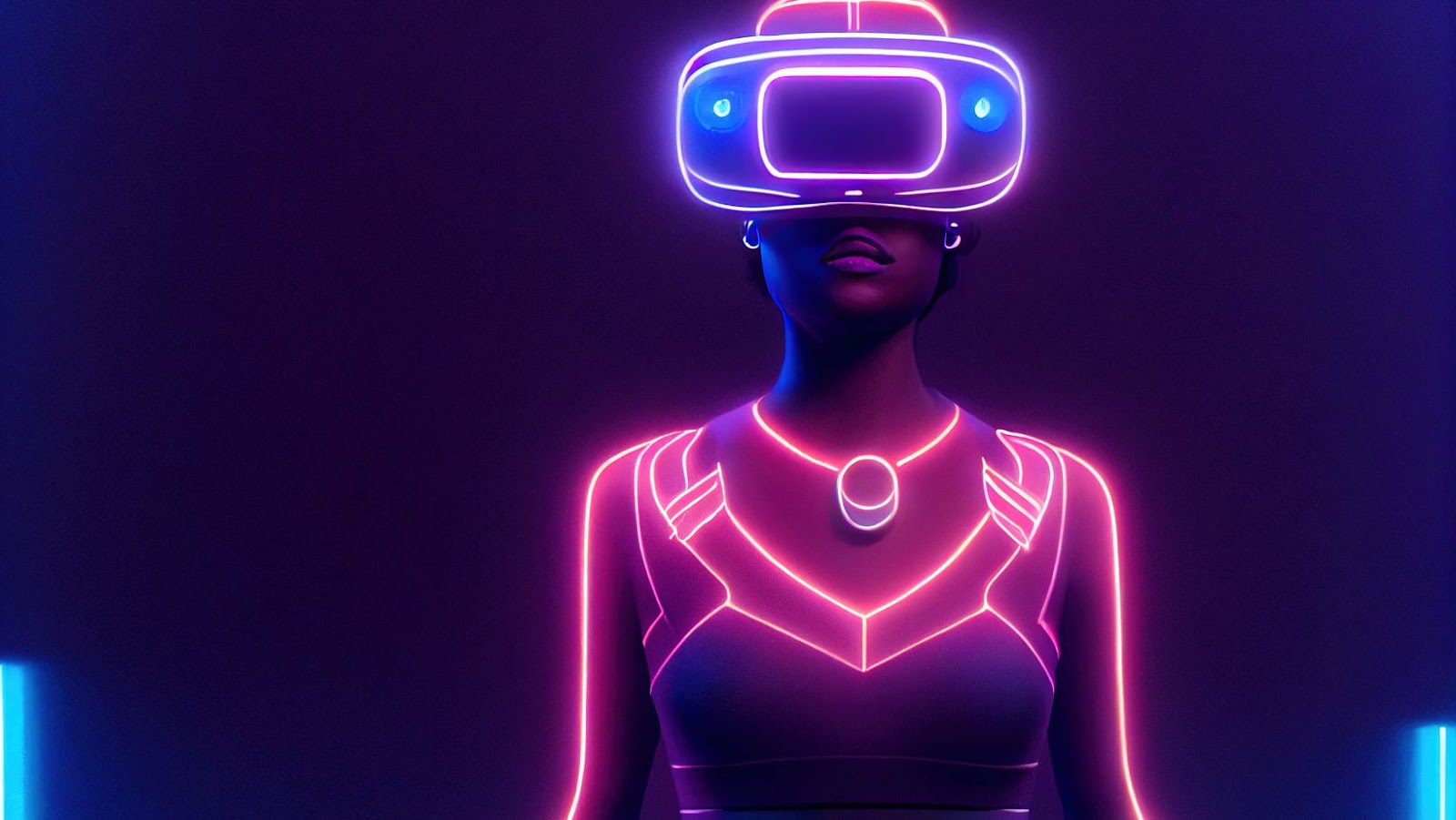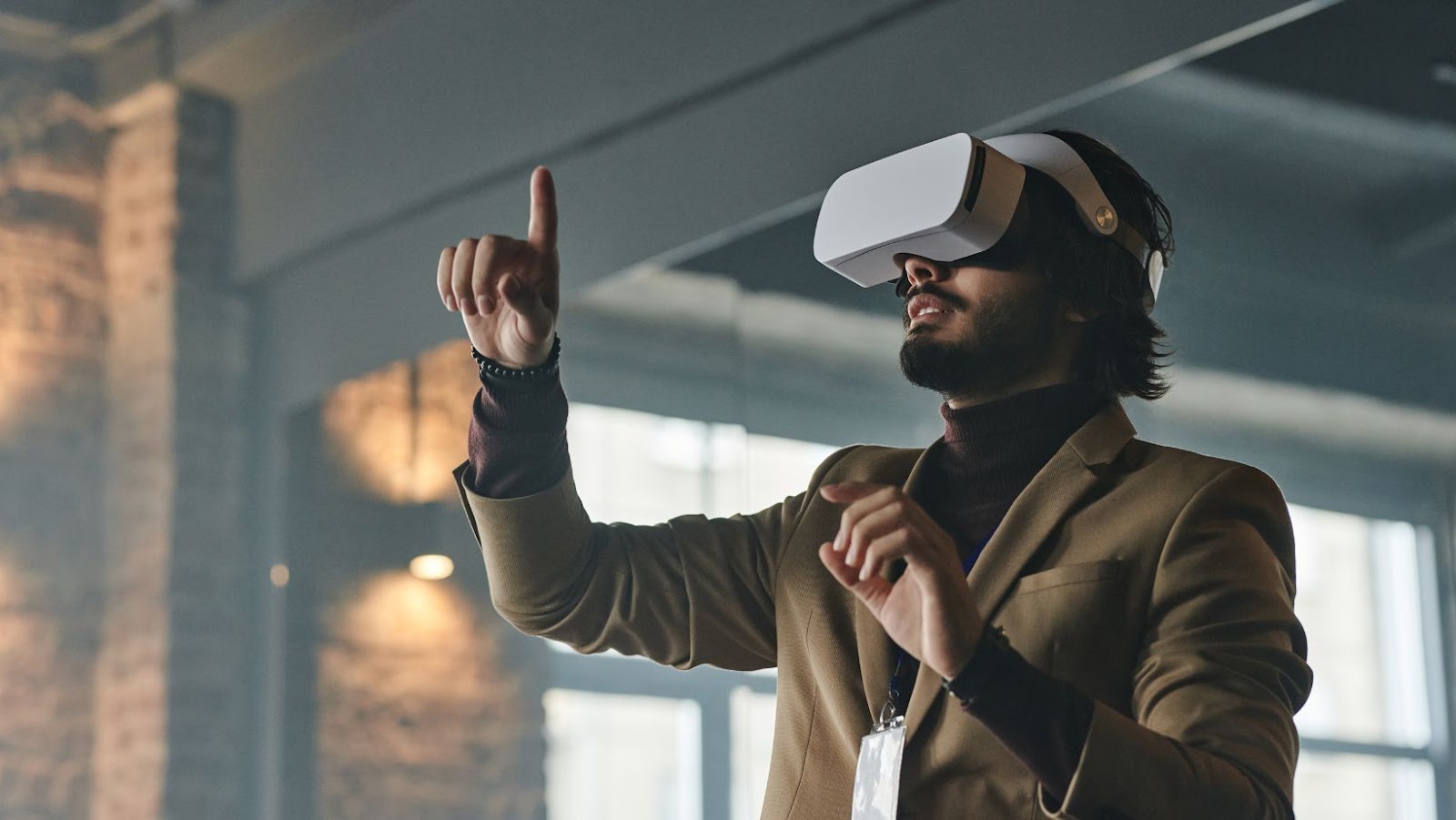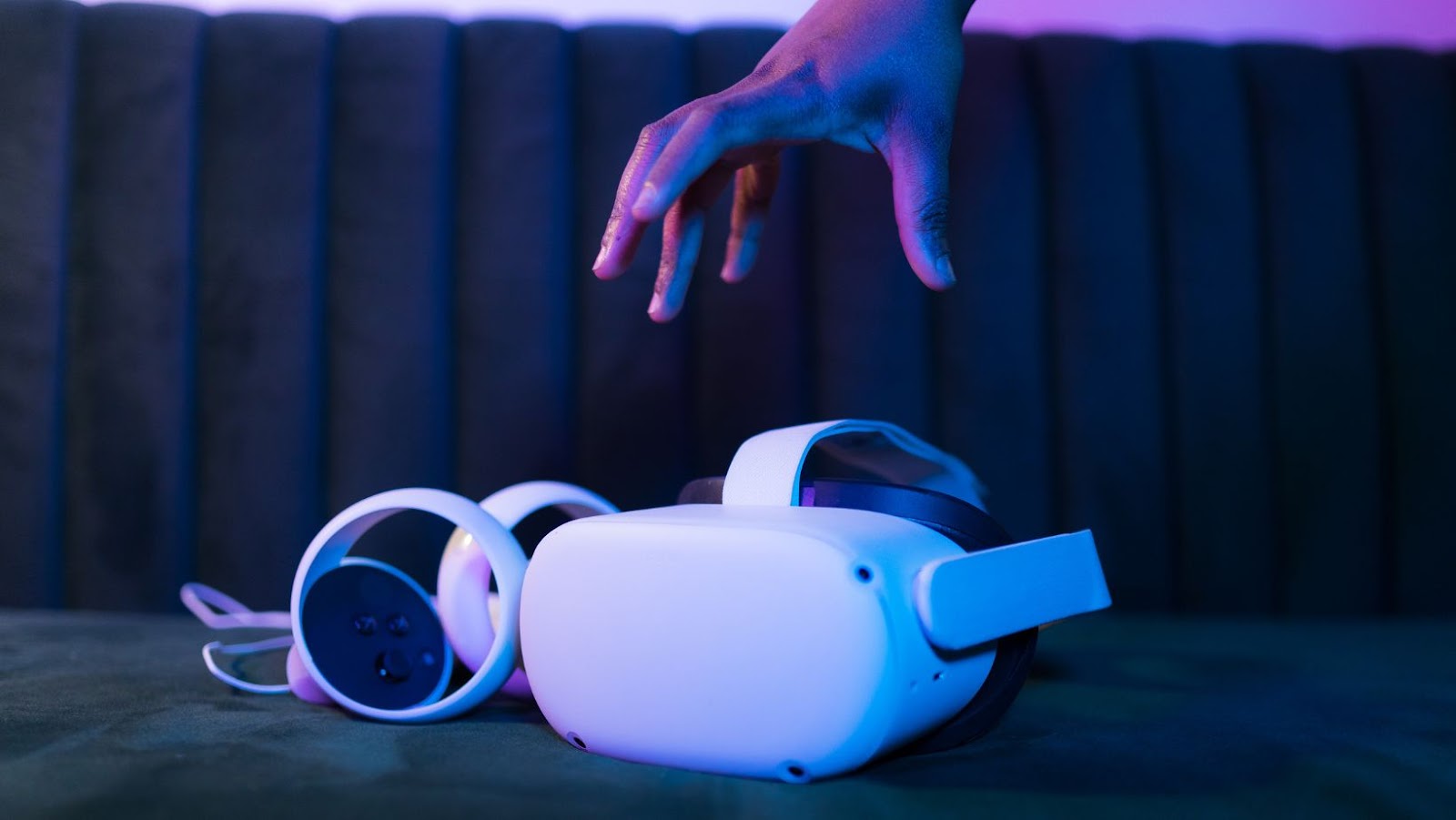 5D Virtual Reality
5D Virtual Reality
5D virtual reality (VR) elevates traditional VR by adding sensory experiences like touch, motion, and scent. This technology creates a multisensory environment, combining visual and auditory elements with tactile feedback and physical sensations. Users not only see and hear in a virtual world but also feel interactions, smell environments, and experience motion dynamics.
In gaming, 5D VR allows players to feel in-game actions, like the recoil of a gun or the breeze of a virtual world. In education, this tech simulates real-life scenarios; for instance, medical students practice surgeries with realistic haptic feedback. Virtual tourism lets users explore destinations by engaging multiple senses.
5D VR relies on advanced hardware such as haptic gloves, motion platforms, and scent devices. These components work together to deliver comprehensive sensory input, enhancing user immersion. As these technologies develop, 5D VR is expected to transform various industries through more realistic and engaging digital interactions.
 The Evolution Of Virtual Reality Technologies
The Evolution Of Virtual Reality Technologies
Virtual reality has undergone significant advancements, progressing from rudimentary 3D environments to immersive 5D experiences.
3D virtual reality, introduced in the 1990s, primarily focused on visual and auditory experiences. Users interacted with computer-generated environments using head-mounted displays (HMDs) and basic controllers. The technology gained attention for its potential but faced limitations due to minimal sensory feedback.
The leap to 4D VR saw the integration of time-based elements, adding motion and enhanced visual effects. Theme parks used 4D VR in attractions that synchronized movement with visuals. However, 4D VR lacked broader applicability beyond entertainment venues.
5D VR elevates the experience further by incorporating tactile sensations, motion, and scent. Users engage with virtual worlds using advanced hardware like haptic gloves, motion platforms, and scent devices, enabling a full-body sensory experience. The transition to 5D VR provides a more immersive and realistic digital environment.
Several innovations contribute to the advancement of 5D virtual reality:
- Haptic Feedback Devices: Haptic gloves and suits allow users to feel textures and forces in virtual environments. For example, a player can sense the impact of a virtual ball or the texture of virtual surfaces.
- Motion Platforms: These platforms simulate movement, enhancing the sense of presence in a digital space. Users can feel the sensation of walking or flying within the VR world.
- Scent Generating Devices: These devices release specific scents to match virtual scenarios. Users can smell flowers in a garden simulation or the salty air in a coastal virtual tour.
- Visual and Auditory Enhancements: High-definition displays and spatial audio systems provide clearer visuals and surround sound, increasing realism in VR experiences.
- AI Integration: AI algorithms enhance user interactions by adapting the virtual environment based on user actions and preferences. AI can generate more realistic behaviors for virtual characters, improving immersion.
These technological breakthroughs collectively advance the capabilities of 5D VR, offering a comprehensive sensory experience that extends beyond traditional VR applications.
 Features Of 5D Virtual Reality
Features Of 5D Virtual Reality
5D virtual reality integrates various advanced technologies to deliver an exceptional immersive experience. Users can interact with digital environments using multiple senses, which enhances realism and engagement.
5D VR uses high-definition displays and spatial audio to create a visually and acoustically rich environment. Advanced headsets feature high-resolution OLED or LCD screens, providing detailed visuals and reducing motion blur. Spatial audio technology ensures sound arrives from precise directions, heightening the realism of the virtual space.
Users feel physical sensations in 5D VR through haptic feedback, motion platforms, and scent devices. Haptic gloves simulate touch, letting users feel textures and surfaces. Motion platforms mimic movements, making experiences like flight or driving more authentic. Scent devices add another layer of immersion by replicating environmental smells such as flowers or ocean air.
Real-time adaptation enhances the immersive experience by dynamically adjusting the virtual environment based on user actions. AI algorithms predict and respond to movements, ensuring seamless interaction. This adaptation can also personalize experiences, such as tailoring educational content to a student’s progress or modifying game difficulty to match a player’s skill level.